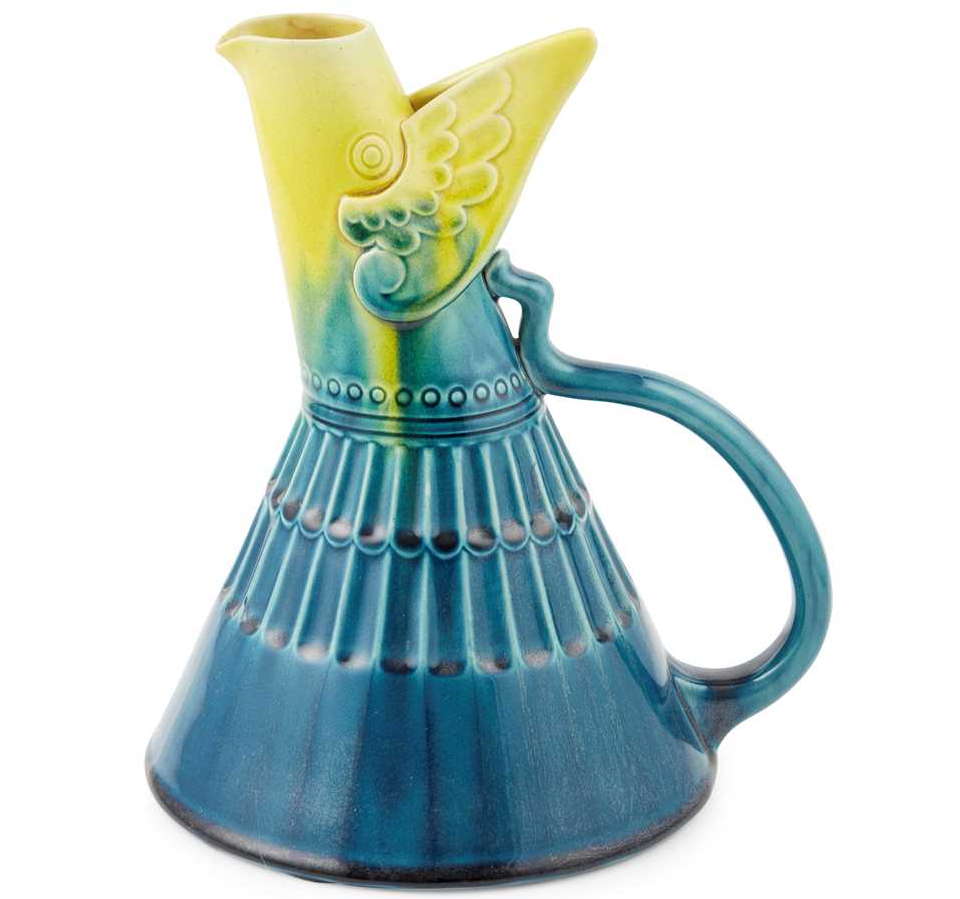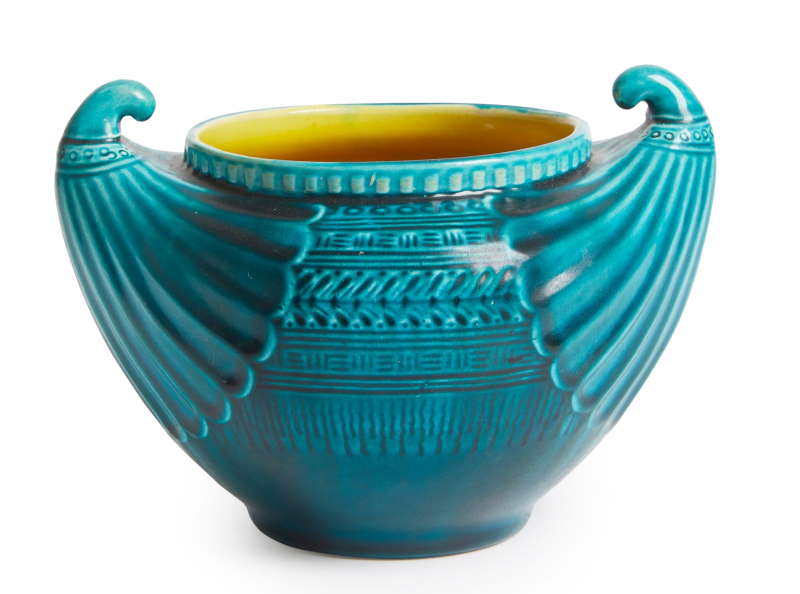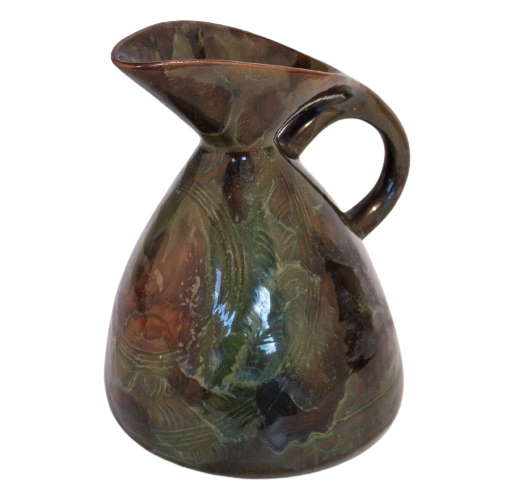In the late 19th century, a unique partnership between a local businessman and a visionary designer gave birth to Linthorpe Pottery (also known as Linthorpe Art Pottery), an innovative venture that would go on to leave a lasting impact on the world of ceramics. We take a look at the fascinating history of the pottery, its groundbreaking achievements, the enduring legacy of its founders, along with some realised auction prices of sold Linthorpe Art Pottery.

The Founding of Linthorpe Pottery
In 1879, John Harrison, a local businessman, teamed up with Christopher Dresser, one of the most influential designers of the era, to establish a pottery in Linthorpe Village, Teesside. The pottery was built on the site of the Sun Brick Works, on land owned by Harrison. Dresser’s intention was to create unique pottery not previously attempted in Europe, while simultaneously addressing local unemployment.

The pottery initially used local clay, the same material used in brick making. In the early autumn of 1879, the first firing took place under the supervision of the kiln-manager from the established Stockton Pottery. The success of the initial firing led Harrison to invest in building the first gas-fired kilns in Britain.
Management and Artistic Direction
Dresser served as the artistic director of Linthorpe Pottery until 1882 and continued to submit designs throughout the pottery’s existence. He recommended Henry Tooth, an artist with no prior experience in pottery, as the manager. Tooth underwent a brief training at the T.G. Green pottery in Church Gresley, Derbyshire, before joining Linthorpe. He brought Richard Patey with him from the Isle of Wight, who later took over as manager after Tooth left in 1882 to establish the Bretby Pottery with William Ault.

Innovation and Recognition
Under the direction of Dresser, Tooth, and Patey, the pottery experimented with innovative firing and glazing techniques, becoming renowned for its bold colors and high glaze. By 1885, it was the largest pottery in the area, employing 80 to 100 people. The pottery garnered international attention after winning a medal at the London International Exhibition in 1885, where Princess Alexandra of Wales purchased a piece. Further accolades were received at exhibitions in New Orleans and Calcutta.

Despite its remarkable achievements, Linthorpe Pottery’s success was not to last. John Harrison’s bankruptcy, following the failure of another one of his companies, led to the closure in 1889. Linthorpe Pottery’s brief existence was marked by groundbreaking innovation, bold design, and a commitment to addressing social issues. Although production ceased in 1889, the pottery’s impact on the world of ceramics and design remains significant. The story of Linthorpe Pottery serves as a testament to the power of collaboration, vision, and creative exploration, leaving a lasting legacy that continues to inspire today.

Related
Christopher Dresser and the Design Revolution
Linthorpe Art Pottery on ebay





